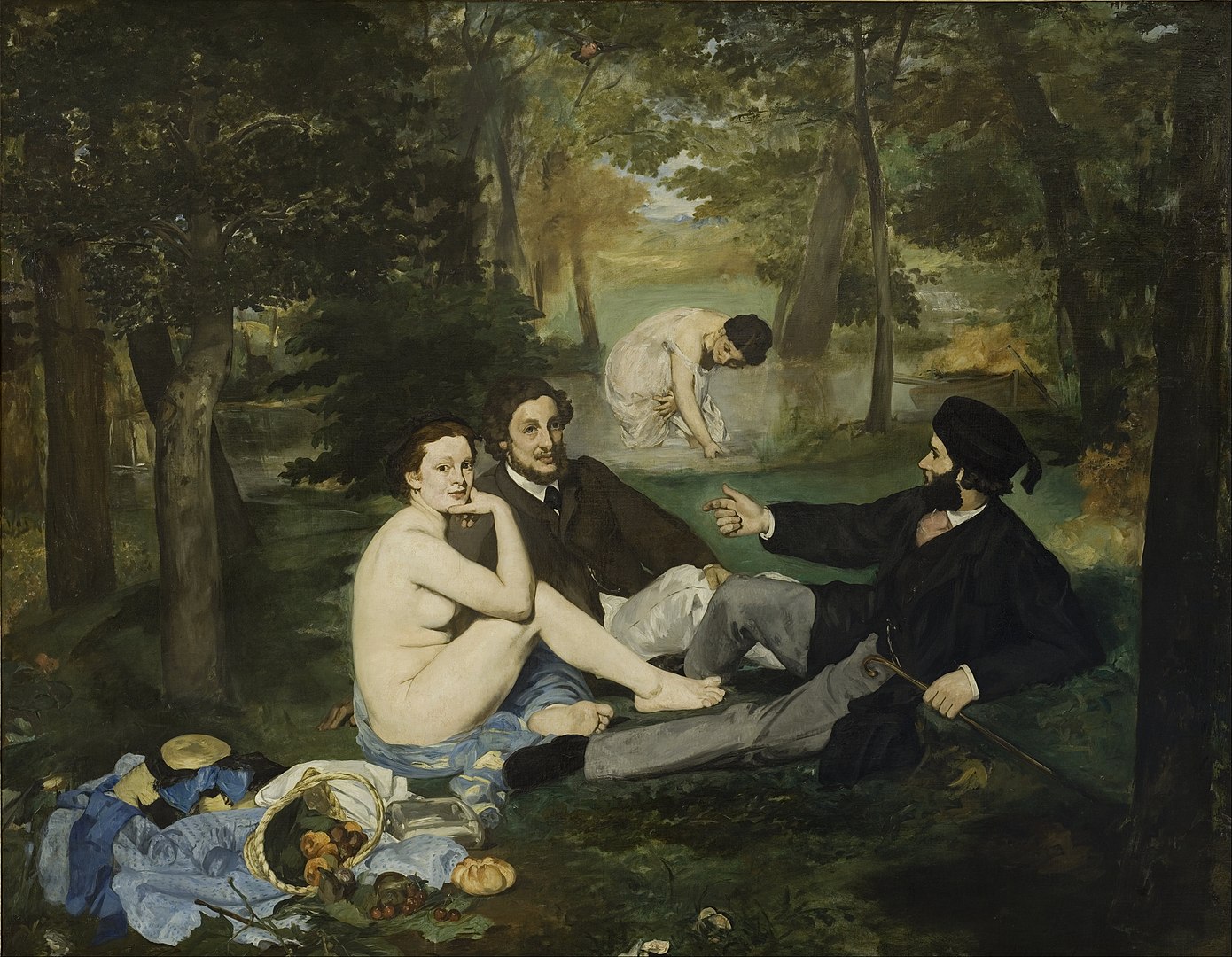
What are the most famous paintings in the Musée d’Orsay?
The Musée d’Orsay, housed in a stunning Beaux-Arts railway station on the banks of the Seine in Paris, is one of the most celebrated art museums in the world. Known for its unparalleled collection of Impressionist and Post-Impressionist masterpieces, it draws millions of visitors each year to marvel at its treasures. The museum’s galleries feature works spanning from 1848 to 1914, showcasing the transformative years of modern art. Here, we delve into some of the most famous and captivating paintings that make the Musée d’Orsay a must-visit destination for art enthusiasts.
1. “Olympia” by Édouard Manet
Édouard Manet’s “Olympia” (1863) is a cornerstone of modern art. This provocative painting depicts a reclining nude woman who confronts the viewer with an unapologetic gaze. The work caused a scandal when it was first exhibited at the 1865 Salon due to its bold portrayal of a courtesan and the rejection of traditional ideals of beauty. Manet’s stark realism and the stark contrast of light and shadow paved the way for Impressionism and beyond.
2. “The Ballet Class” by Edgar Degas
Edgar Degas’ mastery of movement and light is epitomized in “The Ballet Class” (c. 1874). The painting offers an intimate glimpse into the rehearsal space of young ballerinas under the watchful eye of their instructor. Degas’ use of pastel tones and his focus on the spontaneity of movement reflect his innovative approach to capturing everyday moments with extraordinary elegance.
3. “Starry Night Over the Rhône” by Vincent van Gogh
While Vincent van Gogh’s most famous “Starry Night” resides at the Museum of Modern Art in New York, the Musée d’Orsay’s “Starry Night Over the Rhône” (1888) is equally mesmerizing. Painted during his time in Arles, this work captures the shimmering reflections of gas lamps on the water beneath a starlit sky. Van Gogh’s thick, expressive brushstrokes and vibrant color palette convey both the serenity and intensity of his emotional connection to the night.
4. “The Birth of Venus” by Alexandre Cabanel
Alexandre Cabanel’s “The Birth of Venus” (1863) represents the height of Academic art. This ethereal depiction of Venus rising from the sea was celebrated for its idealized beauty and classical refinement. The painting’s sensuality and technical perfection won it accolades at the time, even as it stood in stark contrast to the bold innovations of Manet and his contemporaries.
5. “The Gleaners” by Jean-François Millet
Jean-François Millet’s “The Gleaners” (1857) captures the dignity and hardship of rural labor. The painting depicts three women gathering leftover wheat after the harvest, an act symbolic of the struggle for survival. Millet’s warm, earthy tones and empathetic portrayal of the working class made him a pioneer of the Realist movement, inspiring later artists to explore themes of social justice.
6. “Whistler’s Mother” by James McNeill Whistler
Officially titled “Arrangement in Grey and Black No. 1,” Whistler’s iconic portrait of his mother (1871) is one of the most recognized images in Western art. The painting’s restrained palette and minimalist composition highlight Whistler’s focus on harmony and form. Its enduring appeal lies in its profound emotional resonance and timeless elegance.
7. “Luncheon on the Grass” by Édouard Manet
Another revolutionary work by Manet, “Luncheon on the Grass” (“Le Déjeuner sur l’herbe”) (1863), scandalized audiences for its audacious subject matter and unconventional composition. The painting features a nude woman casually picnicking with two fully clothed men in a forested setting. Its bold rejection of traditional artistic norms and its celebration of modern life cemented Manet’s status as a trailblazer.
8. “The Card Players” by Paul Cézanne
Paul Cézanne’s “The Card Players” (1890-1895) series is a testament to his groundbreaking approach to form and color. The Musée d’Orsay houses one of these iconic works, which depicts two men deeply engrossed in a game of cards. Cézanne’s meticulous brushwork and exploration of geometric structures influenced generations of artists, including the Cubists.
9. “The Dance” by Jean-Baptiste Carpeaux
Though primarily known as a sculptor, Jean-Baptiste Carpeaux’s “The Dance” (1869) is a dazzling allegorical painting that celebrates vitality and movement. It features a group of exuberant dancers encircling a central figure, exuding an almost palpable energy. This work exemplifies Carpeaux’s ability to convey emotion and dynamism through his art.
10. “Arearea” by Paul Gauguin
Paul Gauguin’s “Arearea” (1892) transports viewers to the tropical paradise of Tahiti. This vibrant scene, featuring two women and a red dog in a lush landscape, reflects Gauguin’s fascination with exoticism and his quest for artistic purity. The painting’s bold colors and simplified forms marked a significant departure from European artistic conventions.
11. “Self-Portrait” by Vincent van Gogh
Among van Gogh’s numerous self-portraits, the one housed at the Musée d’Orsay (1889) stands out for its raw emotional intensity. Painted during his stay at the asylum in Saint-Rémy-de-Provence, it reveals the artist’s inner turmoil and determination. The swirling background and expressive brushwork make it a deeply personal and unforgettable piece.
12. “Woman with a Parasol” by Claude Monet
Claude Monet’s “Woman with a Parasol” (1875) captures his wife Camille and their son on a breezy summer day. The painting exemplifies Monet’s mastery of light and atmosphere, with its fluid brushstrokes and vibrant colors creating a sense of movement and spontaneity. It’s a quintessential example of Impressionism’s focus on capturing fleeting moments.
The Musée d’Orsay is a treasure trove of artistic brilliance, offering an unparalleled journey through the evolution of modern art. From the audacious innovations of Manet to the emotive intensity of van Gogh, each painting tells a story of creativity, courage, and transformation. Whether you’re an art connoisseur or a casual visitor, the masterpieces housed within this iconic museum are sure to leave an indelible impression, making it a highlight of any visit to Paris.




